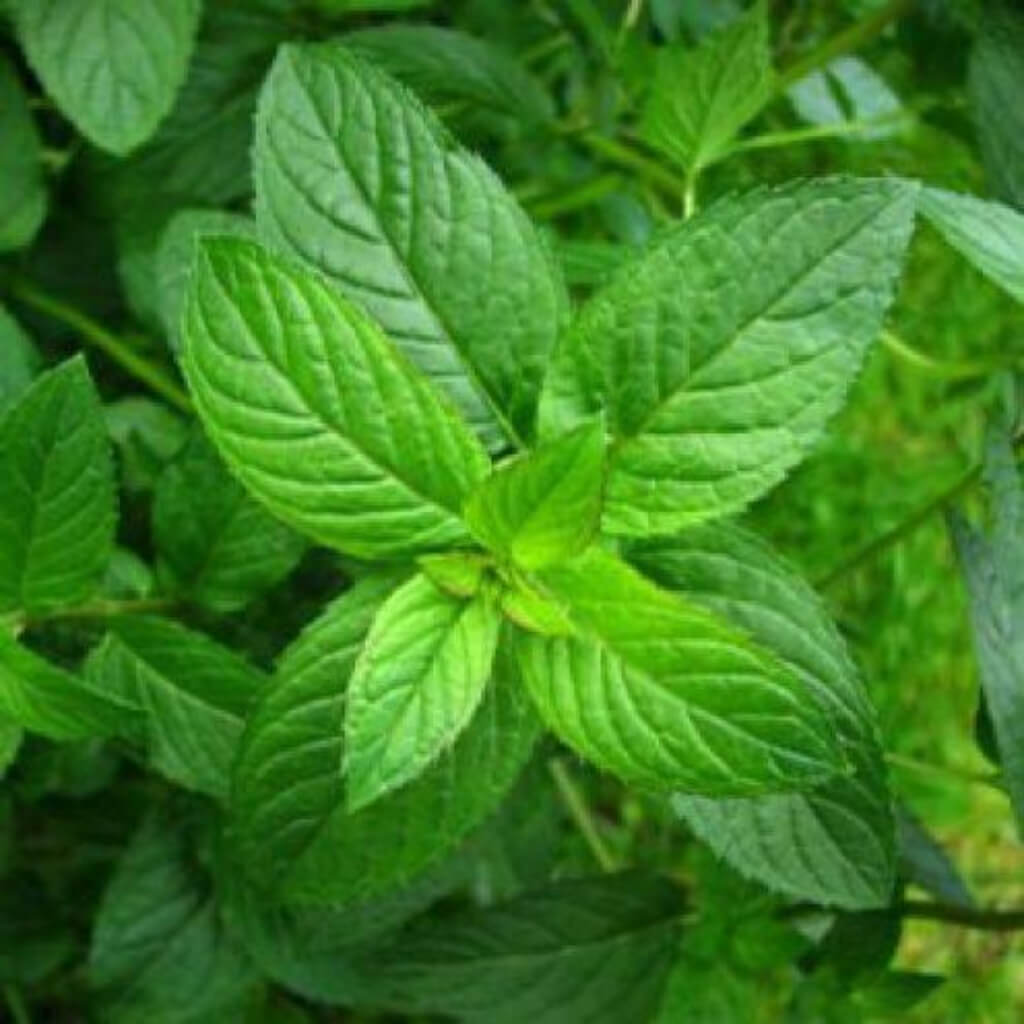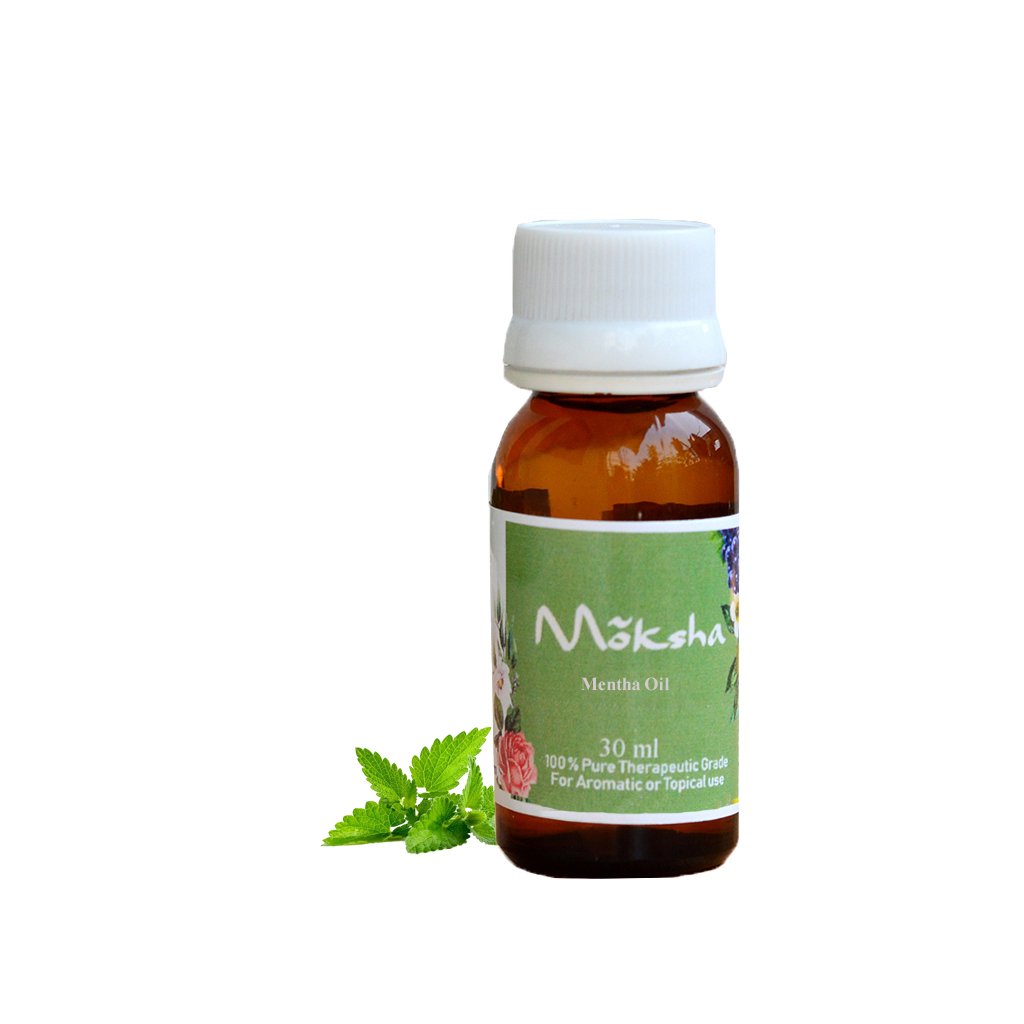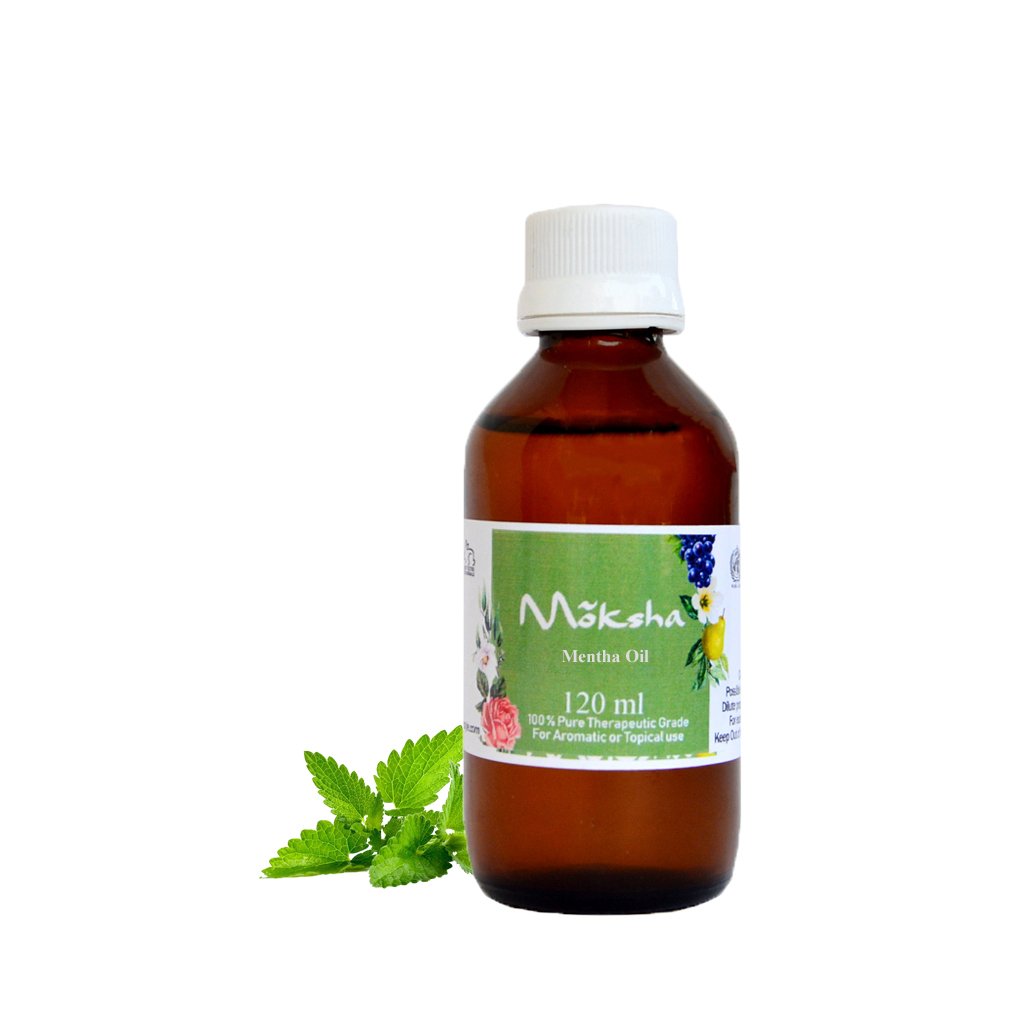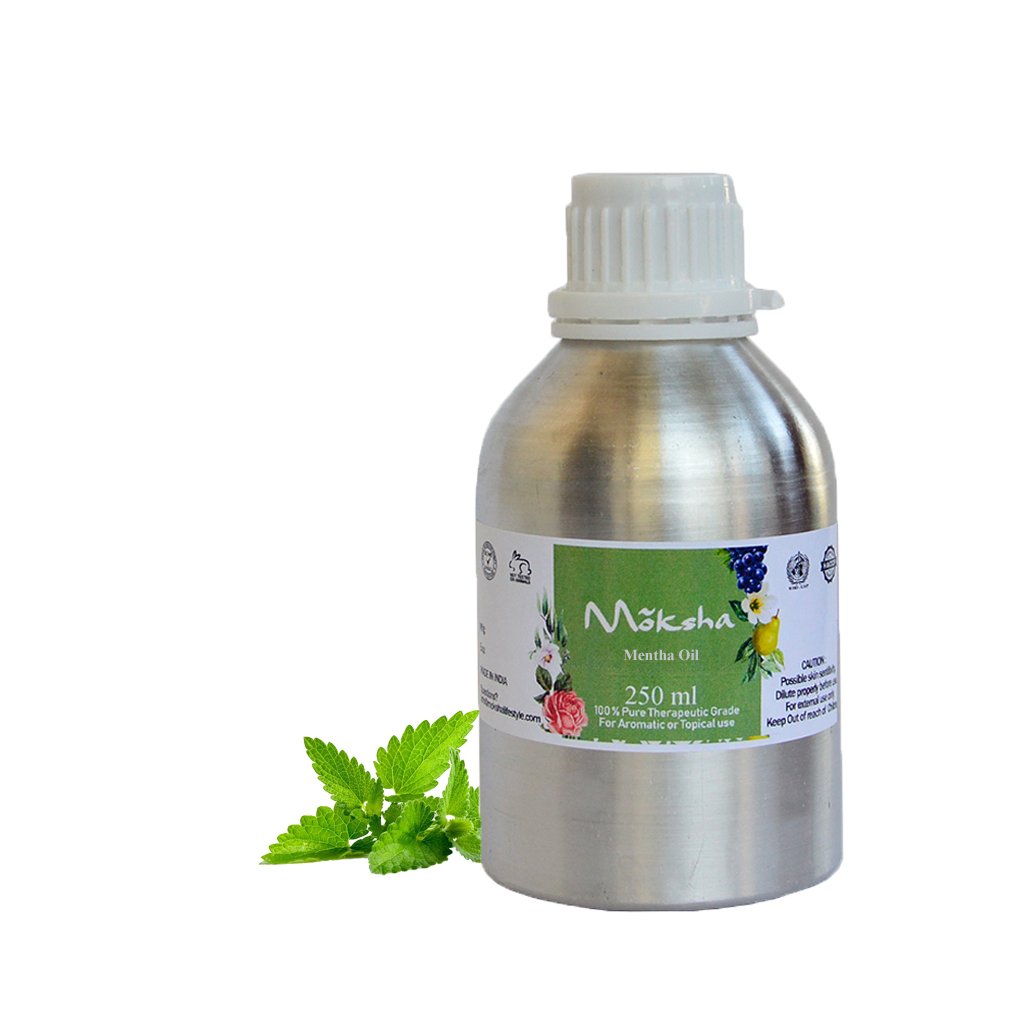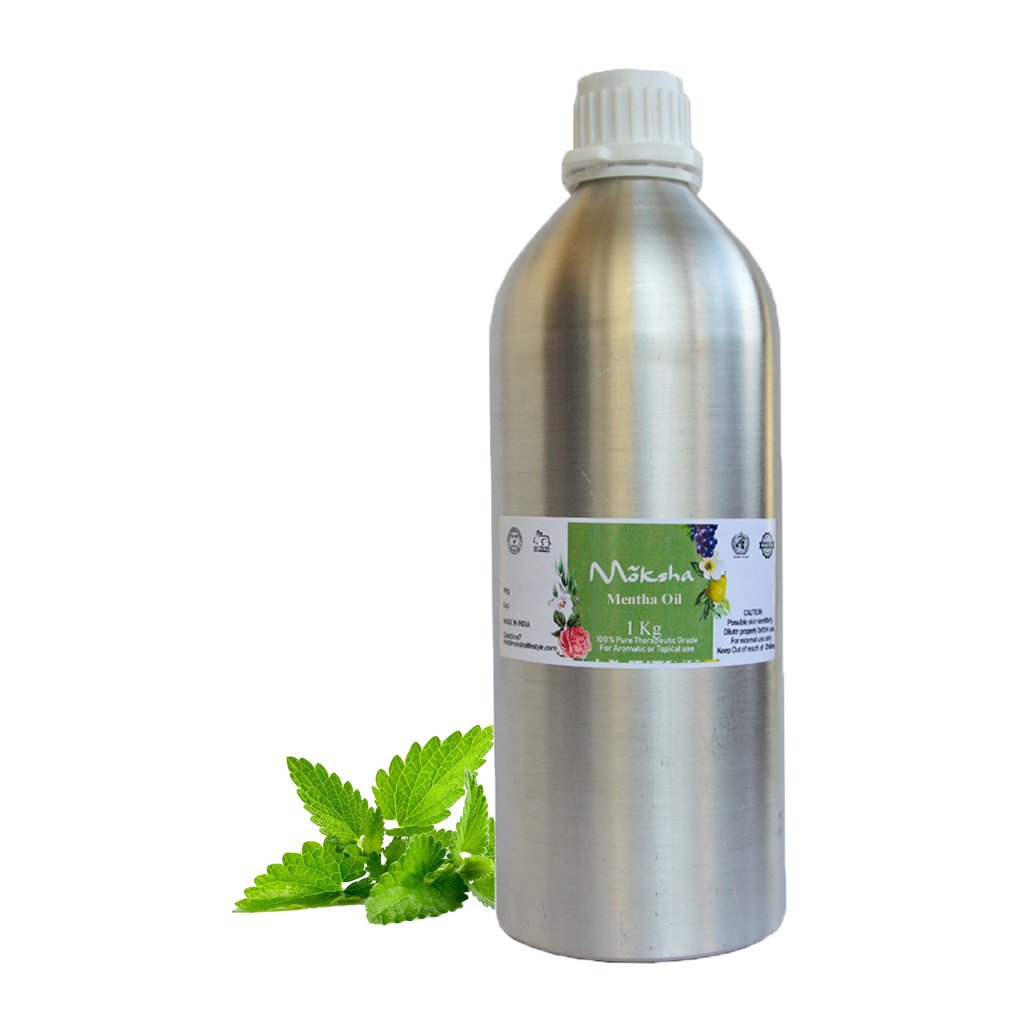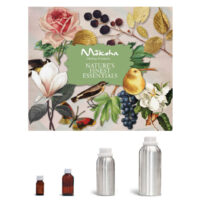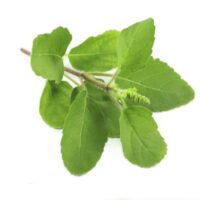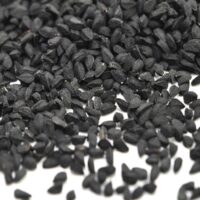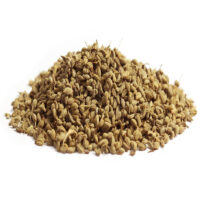
Moksha Lifestyle Products
Essential Oils India | Essential oils Wholesale | Essential Oils manufacturers – Moksha Lifestyle Products
Mentha Oil
Plant Part : Leaf
Extraction : Steam Distillation
Origin : India
Product Description:
There are several species of the mentha arvensis perennial herb that can grow to 3 feet in height, spreading due to their underground ‘runners’. Peppermint plant has hairy leaves with serrated edges and purple spiked flowers. Peppermint Japanese is known for its high menthol content. It is so high in fact that menthol crystals sometimes form right on the leaves.
Product Color:
Colorless to pale yellow liquid.
Common Uses:
Mentha or Japanese Mint Essential Oil has long been credited as being useful in combating stomach ailments. It is also viewed as an antispasmodic and antimicrobial agent. Of course, most people will associate it with being a flavoring or scenting agent in foods, beverages, skin and hair care products (where it has a cooling effect by constricting capillaries and helping with bruises and sore joints), as well as soaps and candles. This is largely due to its menthol content.
Blends Well With
Basil, Bergamot, Cajeput, Cedarwood, Eucalyptus, Lemon, Lime, Mandarin, Marjoram, Niaouli, Pine, Rosemary, Spearmint and Thyme.
History
Japanese Mint and its name has its roots in Greek mythology. Pluto – god of the dead – fell in love with Minthe, a beautiful nymph. Pluto’s goddess wife Persephone became jealous and turned Minthe into a plant. Pluto could not bring her back to life but ensured that she would have a wonderful and fragrant aroma.
Caution:
Mentha Essential Oil can be sensitizing because of its menthol content. Avoid use during pregnancy.
